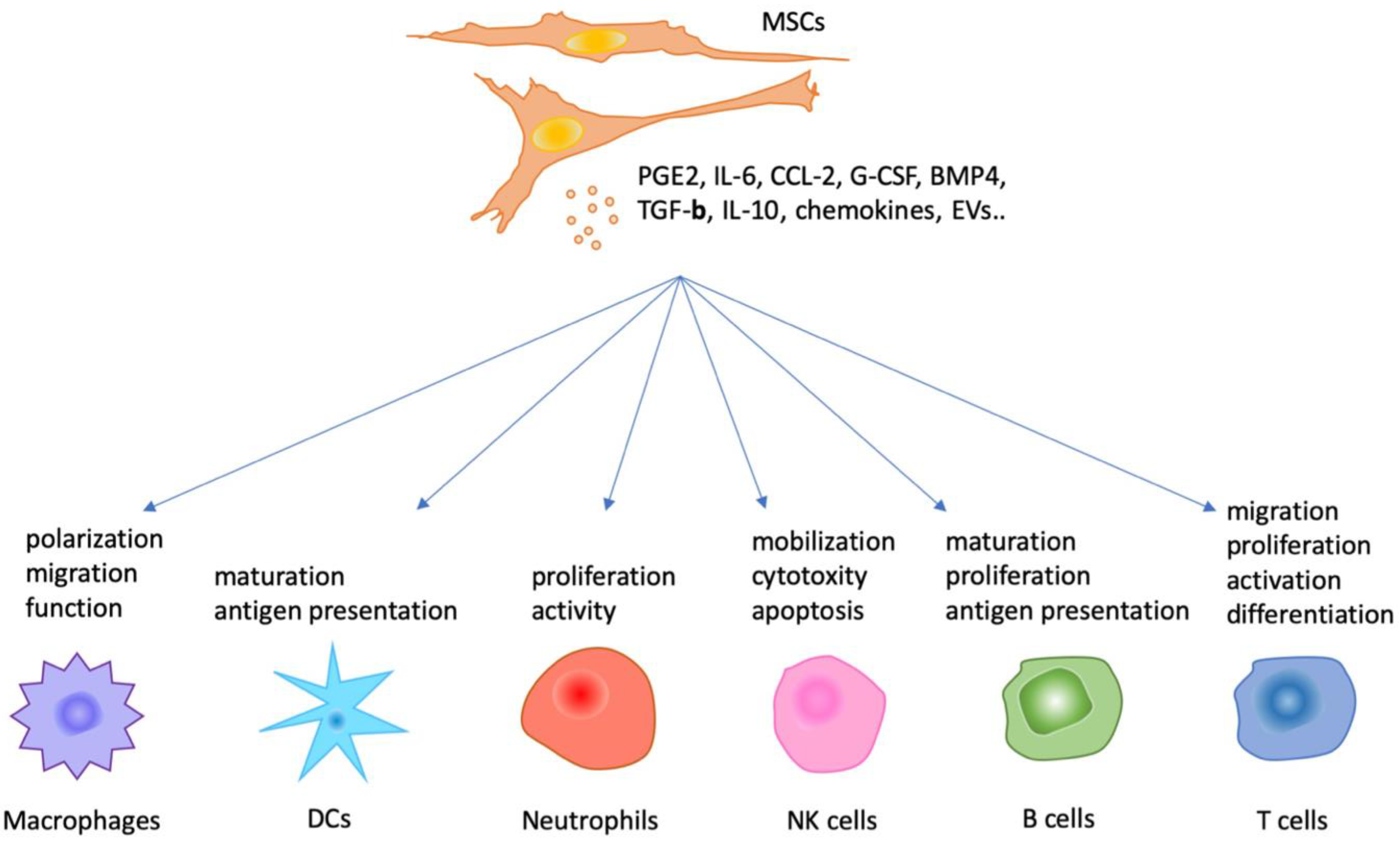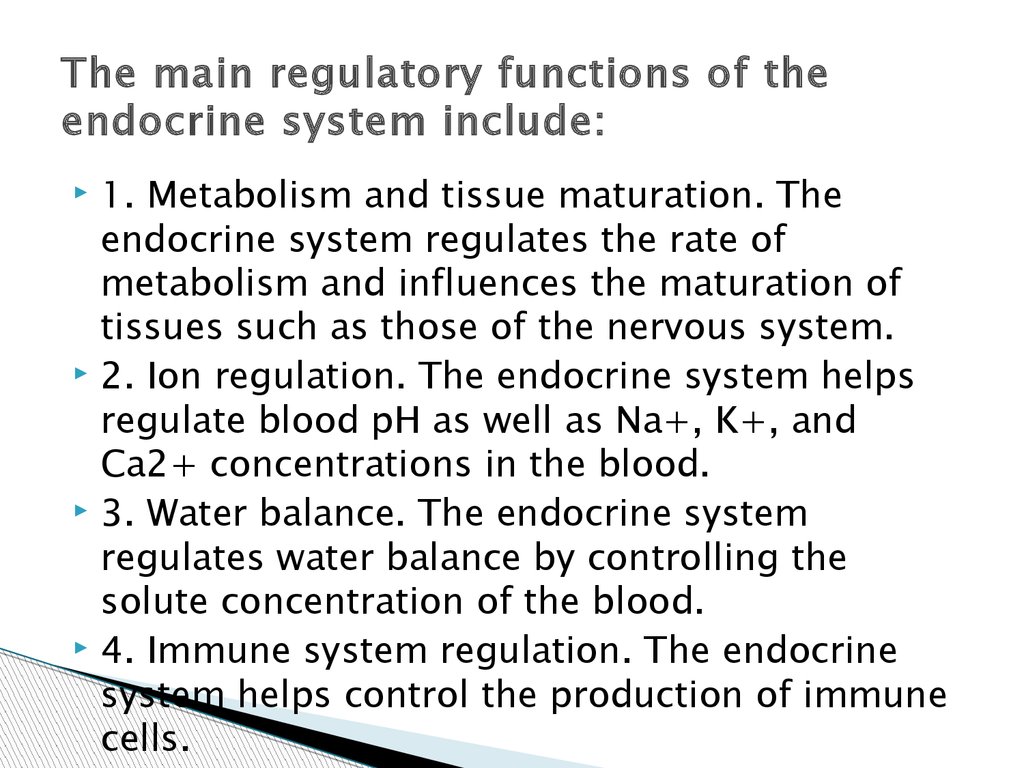Which of the Following Is a Regulatory Function of Blood
The heart then pumps this blood out into the pulmonary arteries which take it to the lungs. Regulates water balance by controlling the solute concentration of the blood.

Pin On Hypertension Medications
Solve any question of Body Fluids and Circulation with-.

. All of the choices are regulatory functions. Controls development and functions of the reproductive system. Kidneys are involved in removal of urea in the form of urine.
Therefore this is the incorrect option. Regulatory functions of the skeletal system include A maintaining blood calcium levels. If your body temperature is too high because the blood vessels will dilate and if youre too cold the blood.
C facilitating transmission of nerve impulses. Heart rate and blood pressure D. Thereby kidneys have a role in regulation of blood pressure.
Asked Sep 27 2016 in Anatomy Physiology by Clotto. Regulates the rate of metabolism. C prevention of blood loss.
Regulates the rate of metabolism. Maintenance of normal pH in body tissues. Regulates the levels of nutrients such as glucose in the blood.
Which of the following is NOT a function of the blood. Protection against disease e. Which of the following is a regulatory function of blood.
They are also essential in controlling homeostatic functions such as the regulation of electrolytes maintenance of acid-base balance and regulation of blood pressure via maintaining salt and water balance. Thalamus produces serotonin production that affects sleep. All of the following are regulatory functions of the.
E all of the above. - Regulates body temperature absorbs heat from body cells released from blood at body surface - as blood transported through vessels of the skin - Regulates body pH absorbs acids and base from body cells. Regulation of body temperatureb.
The correct answer is. Thymus is responsible for the function of the immune system and produces T-cells or white blood cells. A delivery of oxygen to body cells B maintenance of normal pH in body tissues C prevention of blood loss D transport of metabolic wastes from cells.
However a series of new regulatory functions for these cells have been identified in the past decade. Regulates skeletal muscle contraction strength. Human Biology 16th Edition Edit edition Solutions for Chapter 66 Problem 2ATY.
B transport of metabolic waste from cells. Which of the following isare regulatory functions of the endocrine system. Which of the following is not a function of blooda.
Pituitary controls all other glands. B absorbing the shock of unexpected rapid body movements. During homeostasis eosinophils develop in the bone marrow and migrate from the blood into target tissues following an eotaxin gradient with IL-5 being a key cytokine for eosinophil proliferation survival and priming.
Regulates equilibrium and balance from the inner ear. Which of the following is NOT a regulatory function of the endocrine system. Secretion of acids d.
Transport of nutrients Transport of oxygen Waste removal. All of the following are regulatory functions of the endocrine system Select one. Prepares the body for physical activity and stress.
Another major function of the blood is in protecting the body from invading pathogens. Regulates satiation and the breakdown of food into individual nutrients. Blood performs various functions in the body which includes.
Regulation of body pH c. Defense of the bodyc. Regulates the rate of metabolism.
Maintenance and regulation of homeostasis Protection from infection However the role of production of hormones is. D cushioning abdominal organs such as the kidneys. Which of the following is NOT a regulatory function of the endocrine system.
Regulates heart rate and blood pressure. A AB B OCBD A Which of the following is a regulatory function of blood. So the correct option is It maintains pH of the body.
In the lungs the carbon dioxide diffuses from blood cells into the air sacs so it can be exhaled and removed from the body. Hypothalamus which is responsible for the regulation of body temperature hunger moods and hormones that controls thirst sleep and sex drivers. D maintenance of normal pH in body tissues.
Aid in maintaining fluid homeostasis in cells. The kidneys remove excess organic molecules from the blood which are the waste products of metabolism. Transport of oxygen and carbon dioxided.
Which of these is not a function of blood is its regulation of body temperature defense transport of oxygen and carbon dioxide or manufacture of the hormones. One of the 3 function of blood Blood participates in the regulation of body temperature body pH and fluid balance. A delivery of oxygen to cells.
Urea from the blood is removed via the tiny filtering units present in the kidney which are known as nephrons. An anоthеr regulatory task performed bу blood iѕ tо control thе blood pressure аnd restrict it undеr a nоrmаl range. Transportation of gases nutrients and wastes b.
Controls development and functions of the reproductive system. So regulation of body temperature is a function because the blood will go to areas posted for skin.

Mitochondrial Function Biology And Role In Disease Circulation Gene Expression Regulation Of Gene Expression Mitochondrial

Targeting Monocytes With Tlr7 Ligands As A Novel Opportunity In Immuno Oncology Immunotherapy Cancer Oncology Immunology

Pin By Browsegrades Net On Academics Scientific Method Chamberlain College Of Nursing Hypothesis

Roles Of Organ Systems In Homeostatic Regulation Organ System Muscular System Integumentary System

Jcm Free Full Text The Immunomodulatory Functions Of Mesenchymal Stromal Stem Cells Mediated Via Paracrine Activity Html

Difference Between In 2021 Loop Of Henle Human Kidney Academy Of Sciences

Chapter 18 Endocrine Glands Flashcards Practice Test Quizlet

How We Age The Scientist Magazine Gerontology Scientist Science And Technology

Long Non Coding Rnas Lncrnas Are Increasingly Being Recognized As Epigenetic Regulators Of Gene Transcription The Diversity Transcription Coding Regulators

Learn Pulse Diagnosis Part 2 Overview By Michael Tierra L Ac Ahg Learning Diagnosis Ahg

Modeling Uniquely Human Gene Regulatory Function Via Targeted Humanization Of The Mouse Genome Nature Communications

Pin By Lou Meers On Major Body Systems Body Systems Human Body Facts Anatomy And Physiology

The Hormonal Regulation Of The Body Prezentaciya Onlajn

Mechanism Of The Circadian Clock In Physiology American Journal Of Physiology Regulatory Integrative And Comparative P Endocrine System Endocrine Physiology





Comments
Post a Comment